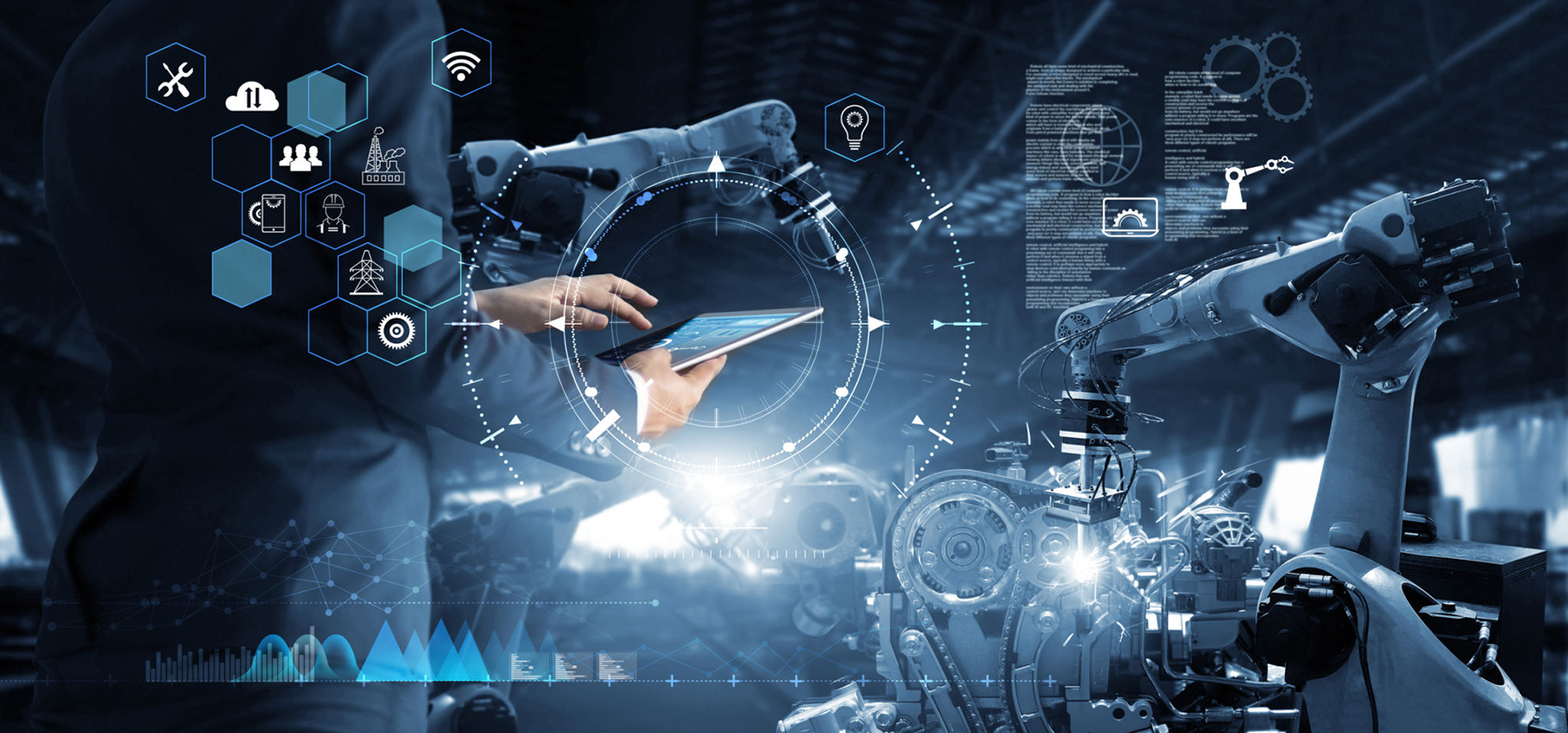
TECHNOLOGY INVESTMENT FOR CHANGING TIMES
Article written by Nick Grandy, construction and real estate senior analyst, RSM US LLP, a member of AGC chapters, and published on https://www.constructormagazine.com/building-for-the-future/
Last year, businesses across industries grappled with new challenges brought on by the COVID-19 pandemic. Seemingly overnight, construction companies were forced to adapt to an unpredictable reality, navigating state and local ordinances for stay-at-home orders and interpreting government classifications for what were considered essential businesses. These challenges pushed contractors to look for solutions outside of their normal toolbox, with many companies engaging in digital transformation.

The pandemic pressed technology adoption across almost every industry and ecosystem, but construction’s uptake was complex. With employees ranging from skilled laborers at jobsites to office workers, pandemic-driven labor changes in construction were far more difficult than for professional service businesses, for example, where the shift to remote work was the only concern. To keep jobsites open and projects on schedule, construction companies implemented technology for everything from contact tracing for employees to virtual jobsite inspections to the implementation of new building information management (BIM) capabilities that make access to project details easier for all involved parties. Many of these changes were applied with the utmost urgency; some projects that historically would have taken multiple years to complete were compressed into months-long timelines or shorter.
Today, we are on the verge of a boom in the economy. This explosion will create many new opportunities for construction companies, along with additional headwinds, including labor shortages, rising material costs and volatility in supply chains. Technology solutions are helping to mitigate these challenges.
LABOR
One of the themes in the post-Great Recession recovery was a lack of skilled labor. Contractors were fighting to find and retain workers as construction spending rose. A survey by the AGC of America in March 2021 — which culled pre-pandemic data — reported that 32% of respondents were experiencing project delays or disruptions due to shortages of craft workers and subcontractors. These numbers are likely to continue to rise as demand for construction services increases amid the unleashing of pent-up demand across the country. Add to this, the impending buildout of national infrastructure under Biden’s proposed $2 trillion infrastructure bill, whatever final shape it takes, which will require even more labor to fulfill its eight-year plan.
To augment the labor force, contractors should turn to new technology. Consider prefabrication and modular construction building. With the advent of 3D printing and various prefabrication techniques, construction can now take place in factory-controlled settings, lessening labor time and costs of construction (through waste reduction), while also boosting efficiency (no weather delays in a factory). To be sure, prefab and modular construction are not new building techniques, but, when coupled with robust technology developments such as 3D printing, artificial intelligence and BIM, they should allow for significant growth in the industry and ease the burden of the limited labor supply.
Another means for dealing with the labor shortage is the use of robotics. A recent global survey commissioned by ABB, a leading global technology firm of 1,900 construction business in Europe, China and the United States found that only 55% of construction companies currently use robots. That compared with 84% and 79% in the automotive and manufacturing sectors, respectively. The survey also found that 81% of respondents said they will introduce or increase the use of robotics and automation in the next decade.
Robotics companies have already developed robots to accomplish various tasks on jobsites such as excavation, drywall installation and roofing. Companies are also inserting autonomous software into construction equipment and small machinery to perform tasks required on a construction site. The software integrates with existing heavy equipment and, using data and sensors within the integrated solution, makes decisions and actuates the equipment accordingly. Early uses have focused on earthmoving projects, far removed from human construction workers, where construction equipment has been able to complete tasks monitored by human overseers. While many of these products are still in pilot phases, they will serve to cut down on labor costs, reduce the timeline necessary to accomplish tasks (as they allow for longer shifts) and perform those tasks with greater accuracy than a human would. Contractors are also using robotic process automation in the back office for everything from invoice generation and processing to documentation management, recruiting, cost monitoring, estimate generation and even onboarding of employees, subcontractors and suppliers. These additions to contractor back offices have resulted in greater accuracy and efficiency of the noted tasks.
MATERIALS
Construction material costs have been surging since June 2020, presenting another major hurdle for the industry. Everything from lumber to insulation to cement has soared in price as many suppliers cut their output during the pandemic on expectations for a severe and prolonged recessionary period. Instead, stimulus money sent the homebuilding and renovation industry soaring, and workers in non-residential construction were deemed essential in almost all jurisdictions. Beyond slowdowns, supply chains experienced severe shocks beginning in the second half of 2020 as ships stuck in U.S. West Coast ports curtailed the distribution of materials. Winter storms in Texas exacerbated supply problems, as did the March closing of the Suez Canal for six days when the container ship Ever Given got stuck in the waterway.
These supply side shocks have resulted in volatile prices for contractors, making estimating and fulfilling contracts challenging and resulting in delays to construction schedules. In order to better manage supply issues going forward, contractors should look to a combination of artificial intelligence, machine learning, blockchain and predictive analytics to improve delivery times, proactively manage construction material lead time schedules and optimize strategic sourcing relations. These technologies will help contractors to better understand their supply chains and make stronger, data-driven decisions.
INVESTING IN THE FUTURE
Why is now the right time for construction businesses to spend money on technology? The answer is two-fold. First, the industry has historically been slow to adopt new technology. Being an early technology adopter allows for the capture of additional market share with the pending economic boom, harnessing productivity beyond the labor force to further drive up margin.
Second, financing is extremely attractive. The nominal interest rate for 10-year treasuries stands at approximately 1.6%, and with inflation rate running at approximately 4.0%, the inflation-adjusted yield will be less than 0%.
This means that any debt entered into now will likely be retired in deflated dollars. So even though nominal interest payments will remain positive when adjusted for inflation, the cost of the debt will be negative. Firms will actually make money by borrowing during this time; while this may sound ridiculous, it is anything but. The current financing environment provides a tremendous opportunity for construction companies willing to make transformational investments, specifically in technology and automation, for which we have only seen the tip of the iceberg. Fortune favors the bold; now is the time to invest in the future.
Ready to learn how the right technology can automate everything from invoice generation and processing to documentation management, recruiting, cost monitoring, estimate generation and even onboarding of employees, subcontractors and suppliers?













